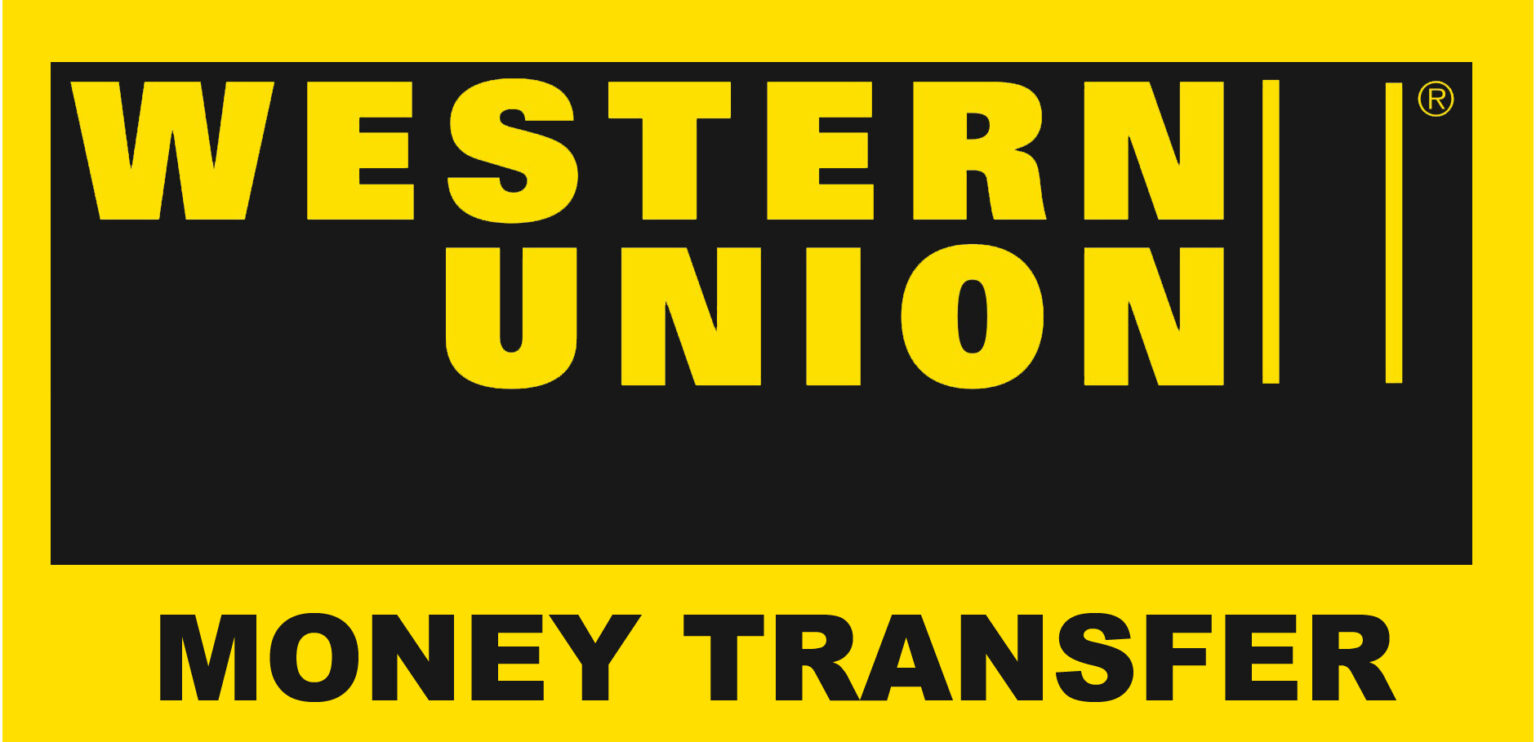In today’s rapidly evolving financial landscape, the synergy between traditional financial systems and cutting-edge blockchain technology has become a focal point for organizations striving for efficiency and innovation. One of the pioneers in this transformation is Western Union, a global leader in cross-border money transfers. Recently, Western Union announced a groundbreaking initiative that could redefine the future of global remittances and digital currency. This development is not only a testament to their forward-thinking approach but also an indication of the potential that blockchain technology holds for revolutionizing monetary transactions worldwide.
Western Union’s Venture into Crypto with Solana: A New Frontier for Global Remittances
Integrating Solana with Anchorage Digital Bank for USDPT Launch
Western Union has taken a bold step towards modernizing its operations by announcing the forthcoming launch of a dollar-backed stablecoin, USDPT, scheduled for release in the first half of 2026. This innovative endeavor will be built on the Solana blockchain, renowned for its high throughput and cost-effectiveness. According to company announcements, Anchorage Digital Bank, a federally regulated institution, will be responsible for the issuance and custody of USDPT, ensuring compliance and security in the nascent digital currency ecosystem.
The Impact of Blockchain on Western Union’s Operations
By adopting Solana’s robust blockchain infrastructure, Western Union plans to revolutionize how money is transferred across borders. The intent is to leverage Solana’s low transaction fees and scalability to facilitate faster and more economical transactions. With a user base spanning over 200 countries and territories, integrating Solana is expected to significantly boost transaction volumes and demand for Solana’s native token, SOL, which is used to pay network fees.
Operational Dynamics and Strategic Insights
Western Union’s proposal to use its extensive agent network to facilitate the conversion between fiat currency and USDPT not only preserves familiarity for users accustomed to cash but also modernizes the process with digital efficiencies. This hybrid model of utilizing both physical and digital systems aims to broaden customer accessibility and streamline the transfer process.
Challenges and Considerations: Regulatory and Technical Landscape
Despite the potential benefits, Western Union’s digital asset strategy must navigate a complex landscape of regulatory scrutiny across various jurisdictions. The success of USDPT hinges on obtaining necessary approvals and establishing robust regulatory and custodial frameworks. Anchorage Digital Bank’s regulated status provides a solid foundation, yet Western Union must ensure compliance with local regulations in its diverse markets.
Addressing Regulatory Compliance
Stablecoins, like USDPT, are under stringent regulatory oversight to ensure transparency, stability, and consumer protection. Such regulations necessitate stringent reserve practices, independent audits, and consumer protection measures to gain regulatory approvals. Western Union is positioning USDPT as a tool to reduce transaction costs and enhance the speed of settlements, particularly in money corridors where cash pickups remain prevalent, such as the Philippines.
Assessing Solana’s Capability to Handle Increased Volume
The anticipated influx of transactions necessitates thorough scalability testing for Solana’s network. The ability of Solana to efficiently process the increased volume of transactions from Western Union’s vast customer base will be pivotal in the success of this initiative. It is expected that Western Union will strategically phase the rollout to manage any potential risks associated with scaling.
Conclusion: A Transformative Journey for Digital Remittances
Western Union’s foray into blockchain technology exemplifies a transformative approach to improving global remittances. By leveraging Solana’s capabilities and adhering to stringent regulatory standards, Western Union aims to set a new precedent in digital currency adoption. This comprehensive guide has explored the strategic collaboration between Western Union, Solana, and Anchorage Digital Bank, bringing to light the potential impact on the global financial ecosystem. For individuals looking to navigate this evolving market, staying informed through platforms like Finances Zippy can provide invaluable insights into real-time market trends and forecasts.
Frequently Asked Questions
How will USDPT impact global remittance services?
USDPT aims to lower transaction costs and accelerate settlement times in international money transfers by integrating blockchain technology. This could facilitate more efficient and affordable remittances, particularly in regions where traditional banking infrastructure is limited.
What is the significance of Solana in Western Union’s strategy?
Solana’s blockchain is chosen for its ability to handle a high volume of transactions with minimal fees. This makes it an ideal platform for supporting Western Union’s large-scale operations, potentially increasing the speed and reducing the costs of international money transfers.
Will regulatory challenges affect the deployment of USDPT?
Yes, regulatory compliance is critical to the successful deployment of USDPT. Western Union must ensure adherence to various regulations across all operational regions, which may affect timelines and distribution strategies. Regulatory approvals and consumer protection measures are paramount for its implementation.
Is Solana equipped to manage the predicted increase in transactions?
Solana is designed for scalability, with the capability to process thousands of transactions per second. However, real-world performance will depend on extensive testing and a phased implementation strategy by Western Union to ensure the network can manage anticipated volumes without compromising speed or reliability.

